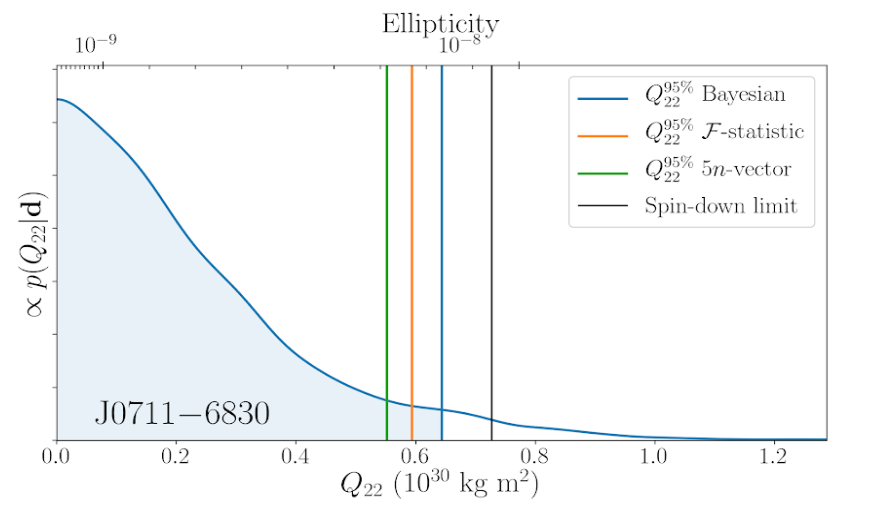astrobites | Daily Paper Summaries | 2020 Aug 12
Vaibhavi Gawas wrote:
Type Ia supernovae (SNIae), observed to be caused by the detonation of a white dwarf star, are generally a very consistent type of stellar explosion that make up a significant part of the distance ladder. Their consistency even led us to discover dark energy! However, more and more exotic examples of have been discovered, and this has led researchers to question our understanding of the physics behind SNIae. In today’s paper, the authors look at how the presence of a magnetic field could impact the types of SNIa explosions that we see.
White dwarf stars accompanied by a binary partner tend to accrete mass over a period of time. As white dwarfs grow in mass, they experience a stronger gravitational force that drives the star towards collapse. We know that the white dwarfs are supported against the gravitational collapse by the electron degeneracy pressure. However, electron degeneracy can battle against only a limited amount of gravitational pressure. ...
what if some exotic phenomenon could change the Chandrasekhar mass limit? We have observed SNIae with greater than expected luminosities (the superluminous SNIae). These superluminous SNIae, need a progenitor white dwarf of 2.1-2.8 solar mass in order to match observations. Research into the nature of highly magnetized white dwarfs has led to the discovery that some white dwarfs could indeed hold mass beyond 1.4 solar mass, even up to 2.8 solar mass sometimes. These advances question the standard candles we have used until now and also provide a possible explanation for the progenitors of superluminous SNIae. ...
New Mass Limit for White Dwarfs: Super-Chandrasekhar Type Ia Supernova
as a New Standard Candle ~ Upasana Das, Banibrata Mukhopadhyay
- Physical Review Letters 110(7):1102 (15 Feb 2013) DOI: 10.1103/PhysRevLett.110.071102
- arXiv.org > astro-ph > arXiv:1301.5965 > 25 Jan 2013
